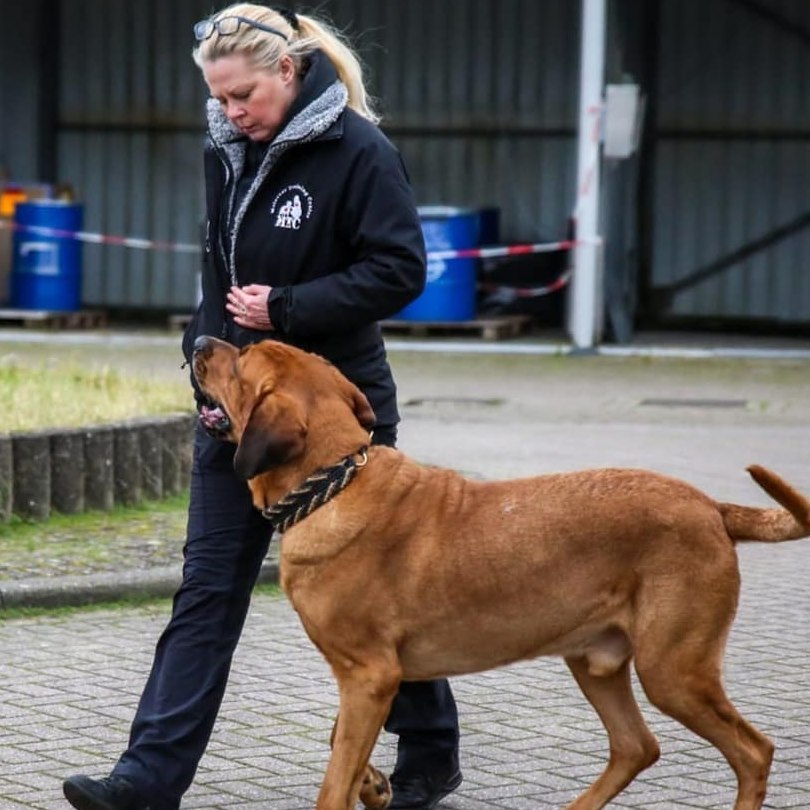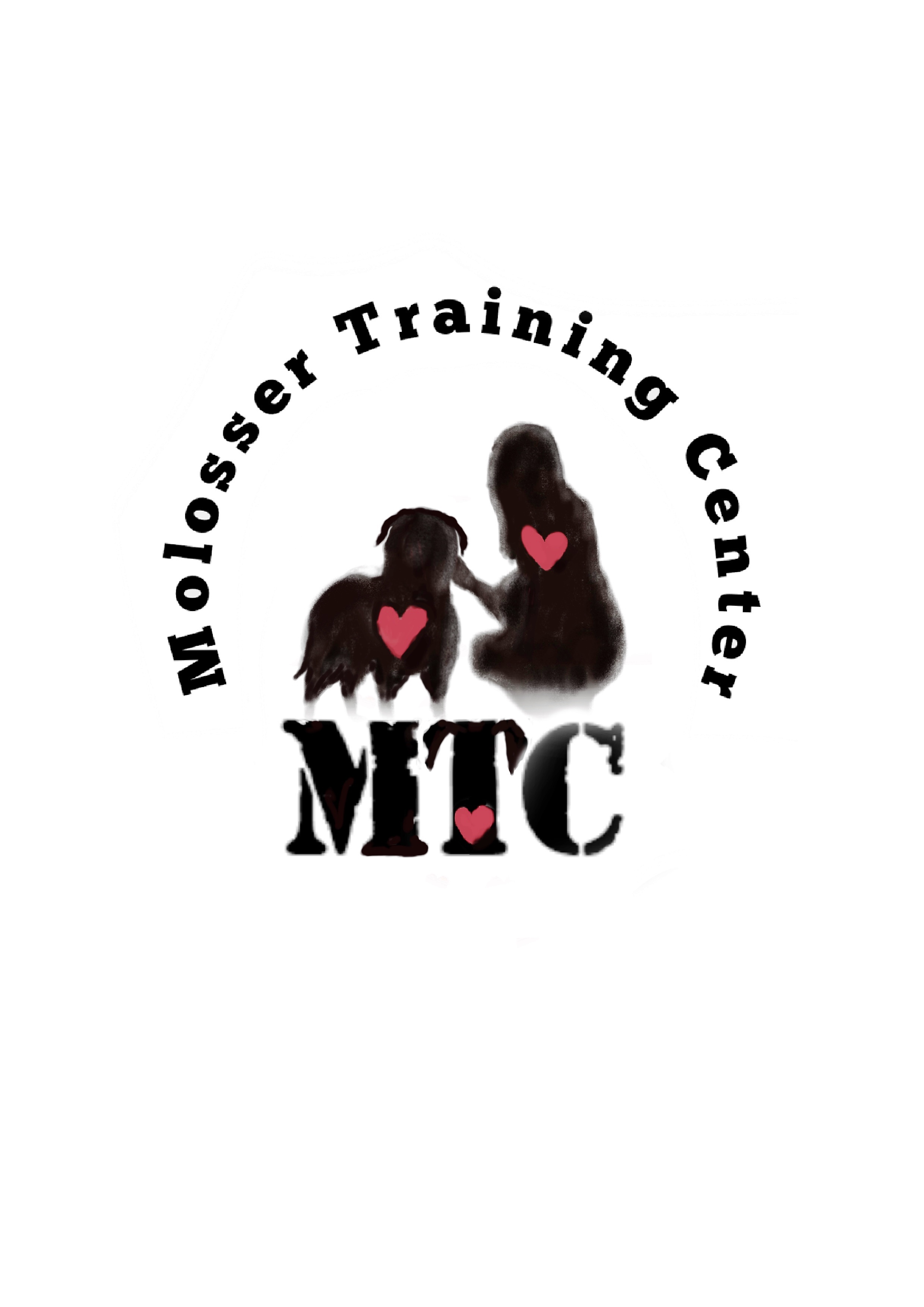A Terminolopinion - blog by Wendy Las van Bennkom

The C-word and the D-word are very loaded in the dog world. Correction and Dominance. We are not allowed to use these terms anymore. I really wonder why not? It will become clearer if we do not avoid existing terms. Correction and Dominance exist. Throughout nature correction is real. And certainly, within a group of animals, there is Dominance. Yet we should not talk about it anymore. I absolutely do understand where this is coming from. Decades ago, it was normal to train dogs using punishment. Reinforcing was for wimps and old ladies. The dog training world was dominated (oops) by men and tough dogs. We taught our dogs behaviours such as heelwork by pulling the choke chain when he was not walking properly. We didn't know any better, coercion was normal. Luckily at a certain point, we gradually switched to a more respectful and animal-friendly method in working with animals. However, in the world of dog training, this method is still not accepted widely. In addition, we saw more and more women in the training field. Nowadays if we look at the average dog trainers’ class, we are happy to find men at all. The way of dealing with and teaching, has changed enormously. I am not against this. On the contrary, I, also love to work through positive reinforcement. To be honest, I would not like to go back to the ‘old’ way. But what does worry me is, that we are now suddenly distorted the words that we really should be able to openly use. We do not use punishment, but we set limits. There is no dominance but there is a relationship. I believe this creates a lot of confusion. It becomes vague and what we truly mean remains unmentioned.
Then, what are we talking about? Why don’t we simply say what we mean? What is the true definition of Dominance? When do we use punishment? Because we do, even the most convinced R+ trainers do. How do we use it? And what comes next? For me, after a punisher there is a comma, never a dot. A dot means I will only be fighting symptoms. That's like giving morphine to ease the pain of a complicated fracture, without fixing the fracture. After the punishment is a comma and then a question mark.
What should I be looking at? What is the core of this problem? How did we end up here, what mistakes have I made and how are we going to manage this in the future? But I do use the word punishment.
Now we set limits! Beautifully worded. But what are we doing? So, what does ‘setting boundaries’ mean? The "old" terms stood for something that perfectly explained what it was. That is what terminology is all about. It provides us with the exact meaning of a term. The terms have been defined and because of that we know what a professional colleague means by, for example: "Conditioned anxiety aggression". This is not an opinion. This is not vaguely defined. It is short and to the point, “A conditioned form of aggression from a fear motivation”. If a colleague gives this description, I know what he/she means. That is necessary, otherwise, we both have a different picture of the same dog with the same behaviour. It makes us speak in riddles and lead nowhere.
Nowadays, I increasingly run into massive blurring. I call them "terminolopinions." We have an existing definition; we also know what it means and when to use it. But someone does not "feel" it that way. Now I can give you whatever interpretation you want, but if we want to clarify what is going on with an animal, I think it would be a good idea if we stick to the terminology.
Now we get bogged down, in a discussion about an animal that someone has ever known which, in their experience, it was dominant behaviour. Now as far as I am concerned you can have this discussion endlessly, but it does not make it any clearer. In the latter case, it was not about conditioned anxiety aggression. I don't know the details of this case so I cannot give you the correct term. But can we please keep things clear and stick to the definition?
I am sometimes told. ‘You can't just know what things are!’
Yes! I can. There is a description of these terms. Read Lindsay, Panksepp, or Ward. It is all defined. Without science and clarity in terminology, everything is loose sand. And, if through research a term needs to be adjusted, this will be adopted. Until then, the terminology is as defined. Could this be why people talk so much? We "don't feel it that way" or "from my reference frame I just look at it differently" to ‘I have a different opinion and I am entitled to that!’
I will go to the greengrocer today and ask him for red round bananas. As soon as he says that I probably mean tomatoes I will tell him: I don't feel that way and I am entitled to my opinion.
Nice and clear.

Learn more about the Molosser Training Center (Dutch site) and about Wendy Las van Bennekom HERE


----
All views expressed in this blog are those of the author.
AnimalConcepts accepts and encouraged a wide variety of opinions and expressions to foster discussion and dynamic interaction with science and practice, ethics, philosophy and more. The publication of content provided by others does not mean AnimalConcepts endorses or opposes the content. Together for animals, peoples, and the planet.

